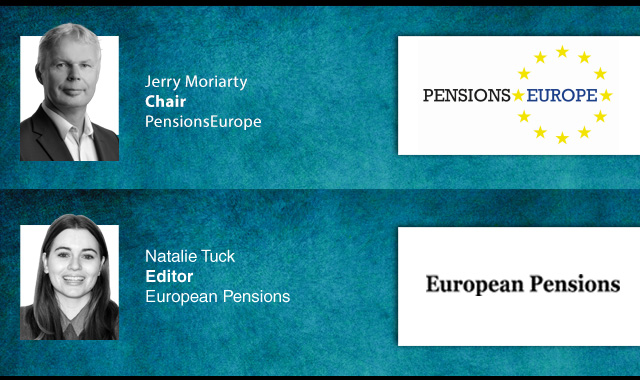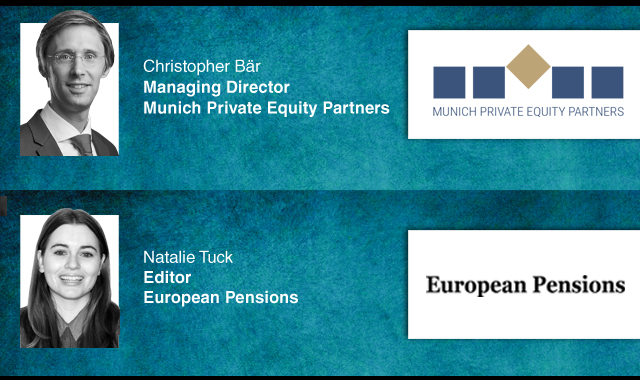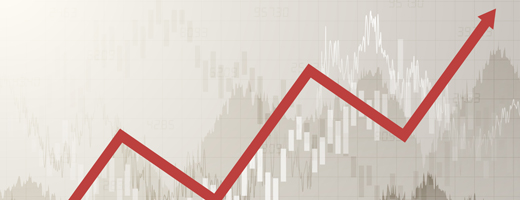The majority (82 per cent) of institutional investors, including European pension schemes, think that exchange-traded funds (ETFs) are moving from short-term asset allocation strategies to core portfolio holdings, research from Carne Group has revealed.
The survey revealed that active ETFs are expected to increase market share dramatically over the next three years, with almost two-thirds of investors suggesting that active ETF assets will grow from around 2 per cent market share of total European ETF assets today to between 6-9 per cent before the end of the decade.
Investors are also using active ETFs to access new asset classes, as one-quarter of respondents said they invested in crypto for the first time following innovation in the ETF market, while more than half (56 per cent) said they increased their allocation to the asset class.
In addition to this, 13 per cent of institutional investors said that they are likely to increase allocations to esoteric asset classes via the ETF market.
However, the study showed that there is some concern from investors that some ETFs are not living up to their active labels.
In particular, the group found that there are issues around the rise of ‘shy active’ ETFs that follow a benchmark-aware approach, meaning they deviate less from the benchmark index than traditional active mutual funds, offering lower active share and tracking error.
Indeed, Carne found that 88 per cent of the investors surveyed thought that managers operating such shy active funds are misleading the market.
Commenting on the findings, Carne Group managing director of business development, Patrick O'Brien, said: “Active ETFs will provide the momentum for the next stage of the ETF growth story to take flight.
"Unlocking the opportunity in this highly competitive space requires careful consideration and speed of execution, which is why we are seeing managers increasingly partner with third parties.
"We share concerns about the risk of ‘shy active’ ETFs, which can be problematic for investors because they often operate under the guise of active management while closely hugging a benchmark index. Fund managers need to be sure they are transparent about the strategies they offer.”
Latest News
-
€550bn Dutch pension shift to trigger ‘significant unwind’ of longer-dated bonds
-
NBIM ‘all-in on AI’ as it publishes updated strategy
-
Sweden's AP7 introduces risk-based exclusions framework; 35 companies excluded
-
Finnish pension reform ‘increases volatility’ but paves way for rise in long-term returns – ETK
-
Watts Clift pension scheme completes £4m buy-in with Aviva
-
Sweden’s AP1 bows out with over SEK 500m in assets
Podcast: Stepping up to the challenge

In the latest European Pensions podcast, Natalie Tuck talks to PensionsEurope chair, Jerry Moriarty, about his new role and the European pension policy agenda
Podcast: The benefits of private equity in pension fund portfolios

The outbreak of the Covid-19 pandemic, in which stock markets have seen increased volatility, combined with global low interest rates has led to alternative asset classes rising in popularity. Private equity is one of the top runners in this category, and for good reason.
In this podcast, Munich Private Equity Partners Managing Director, Christopher Bär, chats to European Pensions Editor, Natalie Tuck, about the benefits private equity investments can bring to pension fund portfolios and the best approach to take.
In this podcast, Munich Private Equity Partners Managing Director, Christopher Bär, chats to European Pensions Editor, Natalie Tuck, about the benefits private equity investments can bring to pension fund portfolios and the best approach to take.
Mitigating risk
BNP Paribas Asset Management’s head of pension solutions, Julien Halfon, discusses equity hedging with Laura Blows
© 2019 Perspective Publishing Privacy & Cookies







Recent Stories